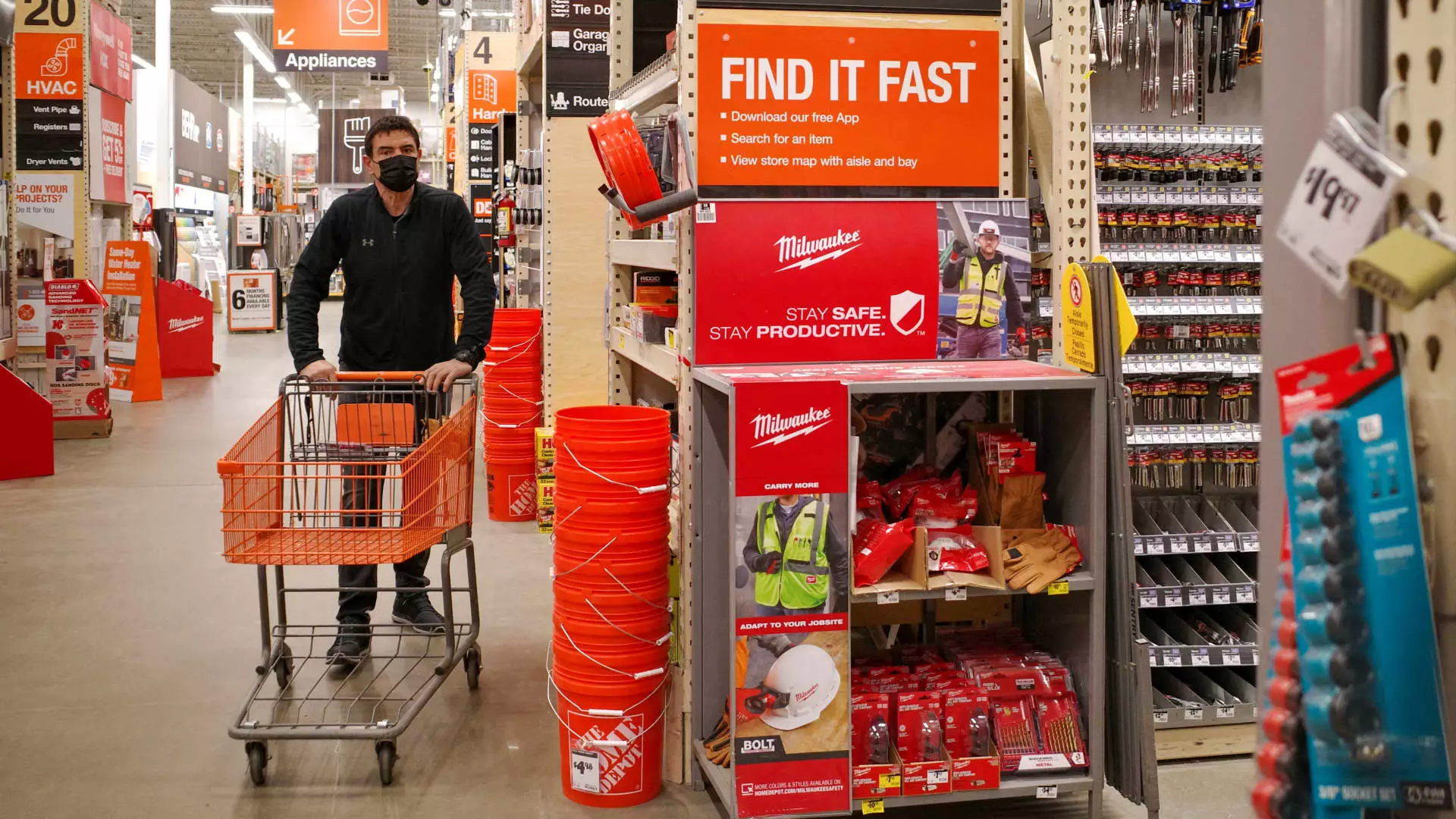As sweeping tariffs introduced by the U.S. government take effect, many Americans find themselves grappling with financial anxiety. The looming threat of increased prices and rising costs of essential goods is causing a notable shift in consumer behavior. This phenomenon, often dubbed “doom spending,” refers to the impulsive purchasing decisions made by individuals who are driven by fear regarding the future economic landscape. According to a CreditCards.com report, approximately 19% of adults surveyed admitted to engaging in this behavior, which reflects a blend of urgency and concern.
At the center of this unfolding economic narrative is the announcement of significant tariffs, particularly a proposed 25% on goods sourced from Canada and Mexico, set to commence on March 4. While the immediate effects of these tariffs on consumer behavior remain uncertain, they are already leading many individuals to reconsider their spending habits, especially concerning high-ticket items. Personal finance experts indicate that such tariffs could markedly influence significant decisions like home improvements or major appliance purchases.
Consumer Responses and Changes in Spending Habits
The CreditCards.com report highlights a stark shift where nearly 28% of Americans have proactively made sizeable purchases—including appliances or supplies for home renovation—indicating a rush to secure items before potential price hikes. Additionally, a notable 22% have taken to stockpiling essential goods, from non-perishable foods to household supplies and medicines. This indicates a clear response to perceived economic threats that have further exacerbated consumer anxiety.
However, the impulse to engage in doom spending has its downsides. Economic experts warn that this behavior is contributing to an increased reliance on credit, with around 34% of credit card holders admitting they are taking on more debt in the current financial climate. With credit card debt in the U.S. now surpassing $1.21 trillion, the temptation to overspend can lead to unsustainable financial practices, further straining household budgets.
Strategic Approaches to Financial Management
Given the current volatility, financial advisors advocate for a strategic reevaluation of spending priorities. They emphasize that amidst uncertainty, focusing on high-interest debts and bolstering savings is essential. As Matt Schulz, chief credit analyst at LendingTree, points out, the economic outlook remains unpredictable, leading to speculation rather than certainty about the months ahead. While consumers often feel overwhelmed by external economic pressures, proactive measures can empower them to regain control over their finances.
Building an emergency fund and diligently working to reduce debt are crucial steps individuals can take during periods of uncertainty. While the instinct to “doom spend” may provide short-term comfort, the long-term consequences could lead to financial distress. As consumers navigate this challenging landscape, prioritizing financial responsibility over impulsive decisions will be vital in weathering the economic storm.
The recent introduction of U.S. tariffs has provoked widespread concern among American consumers, prompting both panic and proactive spending. While addressing immediate fears through purchases may seem intuitive, understanding the underlying financial dynamics is essential for long-term stability. By adopting more mindful spending habits and focusing on debt reduction, individuals can better weather the uncertainty and safeguard their financial well-being for the future.

